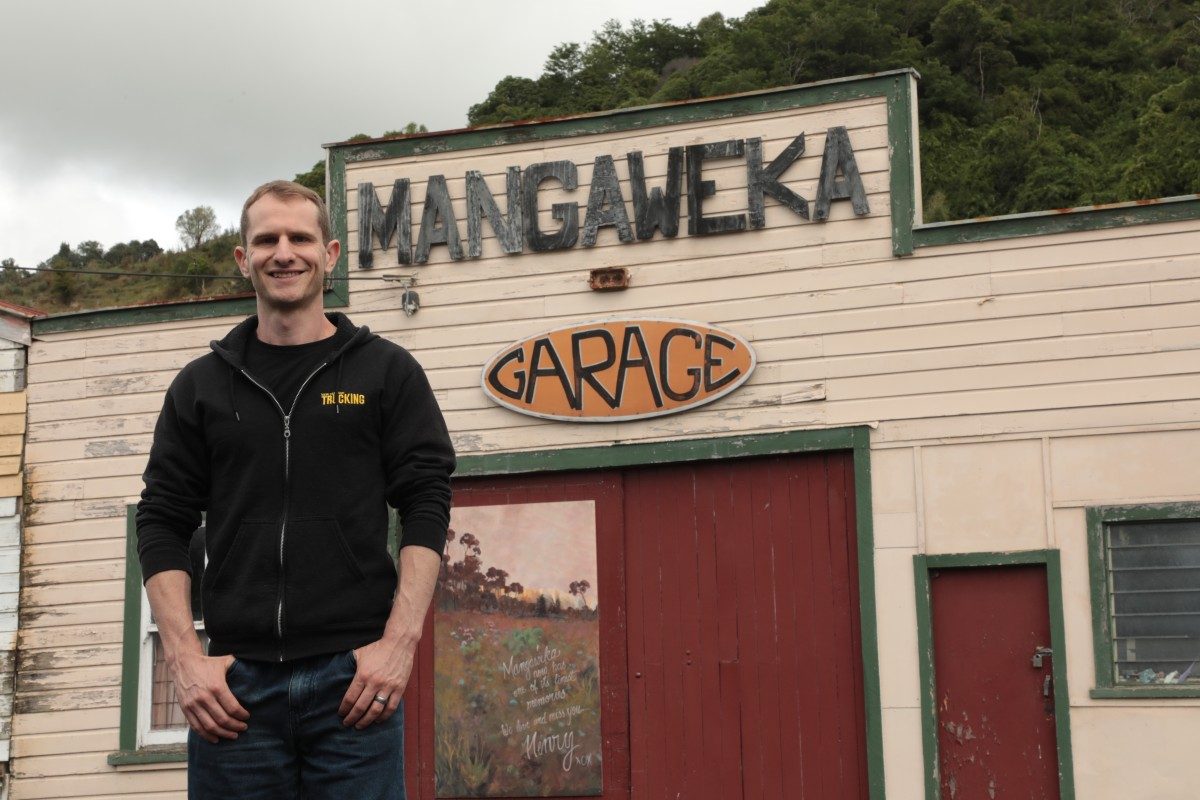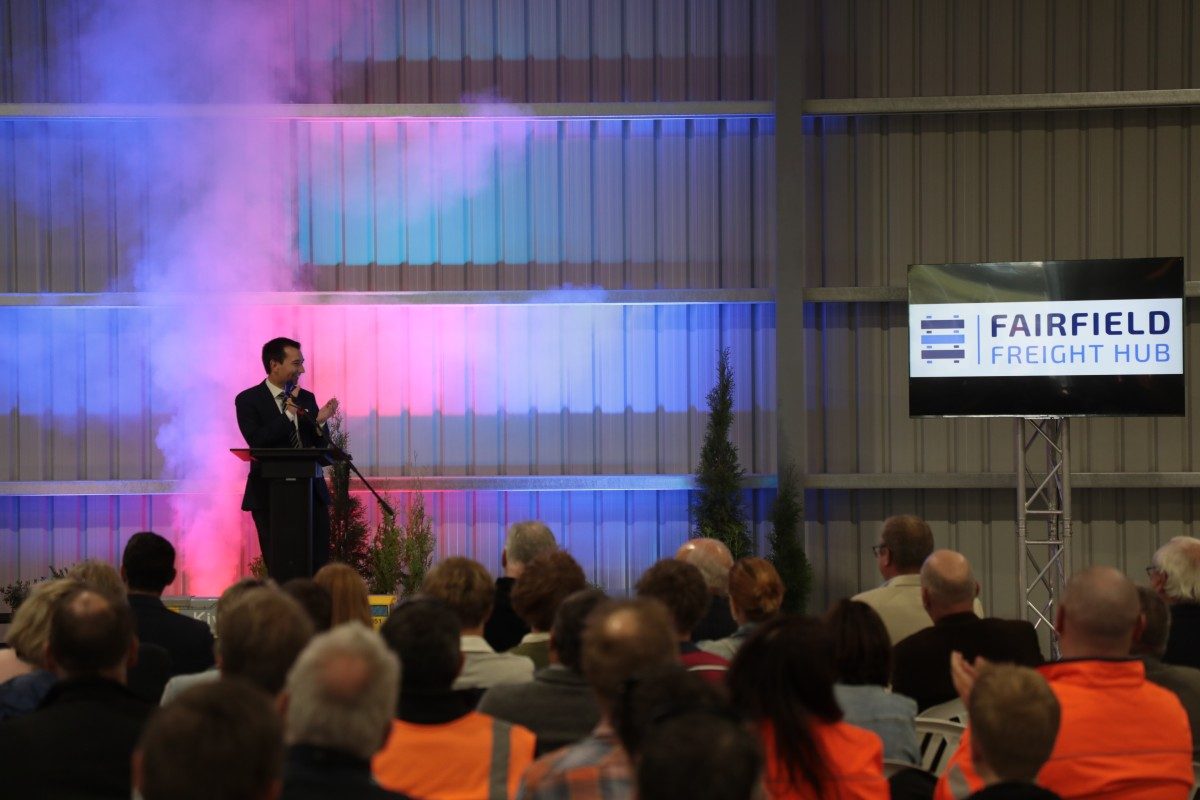ROAD TRANSPORT FORUM – New Zealand can‘t afford Northport move right now
Moving a major proportion of New Zealand‘s freight activities from Auckland to Northland in the wake of one of the biggest economic shocks in our country‘s history is just simply not affordable. It makes no economic sense to add the extra $10 billion in upfront capital cost, required to get Northport and its road and rail supply lines up and running, to the government‘s debt books. It is also hard to see why we would go through that just to increase the transport costs that will result from having to cart freight the extra 160km to and from the Far North. The Moving the Ports of Auckland: Costs and challenges for road freight report commissioned by RTF‘s member association, NRC, estimated the proposed replacement of Ports of Auckland with Northport could provide at least a five-fold increase in business for their members. Perhaps, you think, Northport should really be something we should strongly advocate for, but, despite the obvious self-interest, the project just does not stack up from a NZ Inc point of view. Eighty percent of New Zealand‘s freight is distributed to points south of the current Ports of Auckland. Around 340,000 heavy truck trips and 27,000 freight trains would be needed to carry those containers and goods from Northport to the proposed inland road-rail port at Swanson in West Auckland.
The report also found that the annual cost of road and rail freighting those goods the extra 160km would be more than $1 billion per year. These would be self-imposed costs to our economy that we just cannot afford. Billions of dollars are already being borrowed to prop up our economy, keep people in work, and smooth off the harsher edges of the Covid-19 lockdown. We can‘t keep on adding to that; a line in the sand must be drawn somewhere. We also must start to see a plan from the government as to how we will begin to pay back the $50 billion that has been borrowed so far. An efficient and productive economy is critical, as is future government discipline over spending. Neither of those things is achieved by moving the Ports of Auckland to Northport. I was extremely disappointed to hear Regional Economic Development Minister Shane Jones dismiss NRC‘s report and label it ‘Auckland snobbery‘. That is, of course, pure electioneering and, as New Zealand First‘s electoral hopes continue to look fairly marginal, Jones‘s tilt at the Northland electorate seat may be their only realistic way back into Parliament.
The proposal should therefore be seen for what it is, the ultimate pork barrel project. As such it should be scrapped in favour of the status quo in the meantime, and serious consideration given for something more appropriate in and around the Firth of Thames or Manukau in the long term. Meanwhile, I took some satisfaction recently from the news that KiwiRail chief executive Greg Miller had finally conceded that further government investment in the Gisborne to Napier Rail Line was unlikely. This hopefully will be the end of a long-running debate that threatened to see rational fiscal policymaking overcome by nostalgia and wishful thinking. Gisborne to Napier, as many readers will be aware, has largely been out of action since floods washed it out in 2012, and has been a bit of a political football ever since. Locals, egged on by Labour and New Zealand First-affiliated rail enthusiasts, have run a concerted campaign for reinstatement of the line despite its extremely dubious economic merits. Nevertheless, the government threw $6.2 million at the Gisborne to Wairoa section.
Since it opened, however, only three trains have actually ever run along it. That‘s $2 million per train! The full line has long been marketed in Wellington as a solution to the high number of logging trucks in the region, but the reality is that those logs are coming from north of Gisborne, and with the understandable reluctance for double handling, it means a working rail line would make no difference to this traffic. It is now generally accepted – even by KiwiRail and within government – that a feasibility study undertaken by economic research company BERL, that costed the line‘s full restoration a year or so ago to be around $30 million, was seriously undercooked. It is likely to be many more times that amount. Thankfully Jones is also no longer pushing for the line to be restored, and with New Zealand First‘s focus firmly on Northland, the political will seems to have finally evaporated, leaving common sense and good economics to prevail.





